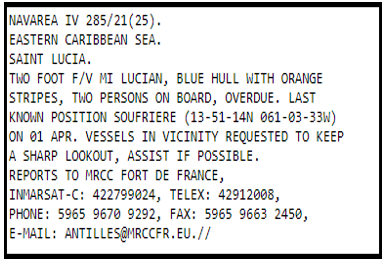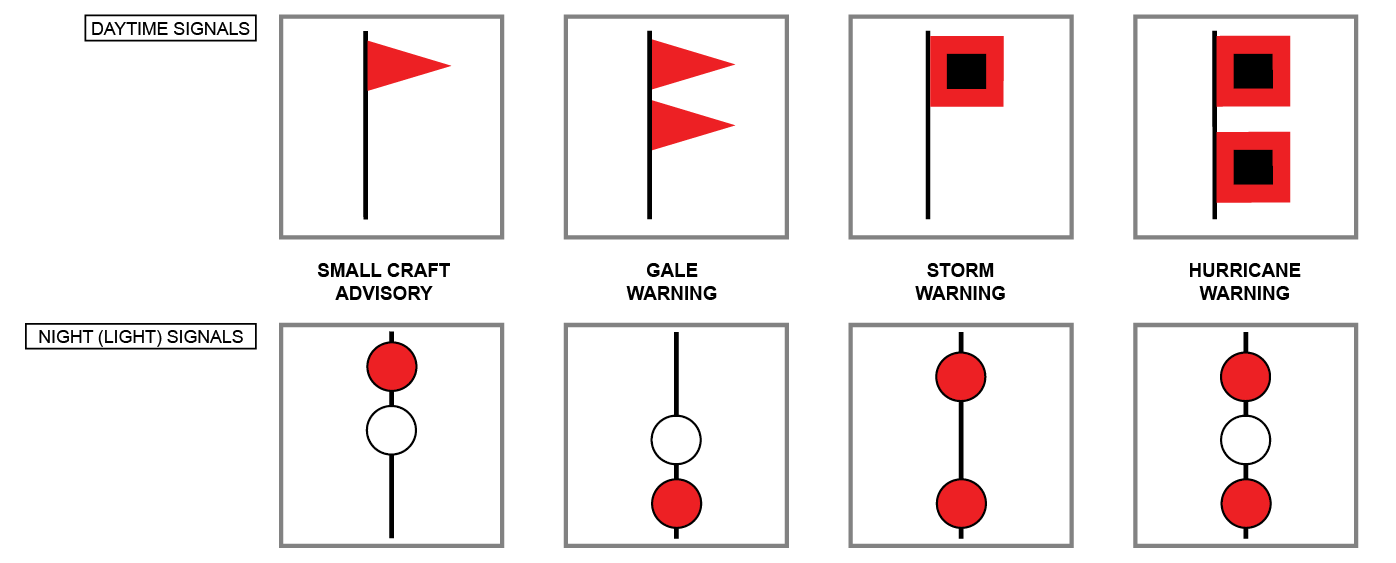Understanding Special Marine Warnings

Navigating the vast and unpredictable waters of our oceans, lakes, and rivers requires a keen awareness of current conditions. Special Marine Warnings and Marine Weather Alerts are essential tools for mariners, fishermen, and recreational boaters, providing crucial information that directly impacts safety at sea. This article explores the significance of these warnings, their role in marine weather forecasting, and the navigational safety measures they promote.
Quick Info Table
| Aspect | Details |
|---|---|
| Definition of Special Marine Warning | Alerts issued for specific weather conditions that may pose hazards to marine activities. |
| Primary Issuer | National Weather Service (NWS) and the National Oceanic and Atmospheric Administration (NOAA). |
| Types of Alerts | Special Marine Warnings, Gale Warnings, Small Craft Advisories, etc. |
| Impact on Safety | Helps prevent accidents, ensures safe navigation, and promotes preparedness. |
| Technologies Used | Marine communication systems, radar, satellite imagery, and mobile apps. |
1. What Are Special Marine Warnings?
Definition and Purpose
A Special Marine Warning is a notification issued by meteorological authorities to alert mariners about hazardous weather conditions. These warnings are vital components of marine weather forecasting, informing boaters about severe phenomena like thunderstorms, tornadoes, and waterspouts that could endanger lives and property.
Warnings are typically issued based on the expected development of severe weather systems, like squall lines or rapidly intensifying storms. Dangerous waves, strong winds, and reduced visibility are common consequences, making immediate action essential for mariners. Timely and accurate marine weather forecasting is crucial for ensuring navigational safety and minimizing maritime risks.
2. The Importance of Marine Weather Alerts
Impact on Shipping and Coastal Activities
Marine weather alerts significantly affect shipping operations and coastal activities. For commercial shipping, receiving timely information about severe weather can mean the difference between a safe passage and a catastrophic incident. Vessels can alter their routes, seek shelter, or delay departures when alerts indicate severe conditions, effectively reducing the likelihood of accidents.
For recreational boaters, these alerts provide vital information for informed decision-making. Many boaters rely on these warnings to plan their trips, avoiding hazardous waters. The importance of timely alerts cannot be underestimated; they empower individuals to prioritize safety over leisure.
3. Safety Precautions at Sea
Implementing Boating Safety Alerts
Upon receiving a special marine warning, vessels must adopt various safety protocols to ensure the well-being of everyone onboard. Key navigational safety measures include:
- Monitoring Weather Updates: Constantly check for updates from marine weather services to stay informed about changing conditions.
- Ensuring Vessel Readiness: Equip vessels with safety gear, including life jackets, flares, and communication devices.
- Developing Emergency Plans: Establish clear emergency protocols before venturing out, including knowing safe routes and communication plans.
- Training Crew: Ensure all crew members understand the significance of marine warnings and how to respond to emergencies.
By prioritizing emergency preparedness at sea, mariners can mitigate risks associated with severe weather and protect lives.

4. Tools and Services for Marine Alerts
Leveraging Weather Alert Technologies
The dissemination of marine alerts relies heavily on advanced weather alert technologies and robust communication systems. The National Oceanic and Atmospheric Administration (NOAA) plays a crucial role in providing accurate and timely weather forecasts tailored for marine environments.
Key technologies involved in delivering these alerts include:
- Marine Communication Systems: VHF radios allow for real-time communication of weather updates and warnings.
- Radar and Satellite Imagery: These tools help meteorologists track weather systems and predict their movements accurately.
- Mobile Apps and Websites: Many boaters use smartphone applications and websites that aggregate marine weather data for easy access.
By leveraging these technologies, mariners can receive immediate notifications about changing weather conditions, ensuring they remain aware of potential dangers.
5. Navigational Safety During Severe Marine Conditions
Understanding Marine Hazard Warnings
Understanding and interpreting marine hazard warnings is crucial for mariners navigating during severe conditions. These warnings provide valuable insights into weather patterns and potential hazards, allowing for informed decision-making at sea.
To effectively utilize these alerts, mariners should:
- Stay Informed: Regularly check the National Weather Service Marine Advisory for updates on current conditions and forecasts.
- Interpret Warnings Accurately: Understand the meanings of different warnings—such as gale warnings or small craft advisories—to assess risks accurately.
- Adjust Navigation Plans: Be prepared to alter routes or seek safe harbor based on the severity of the warnings.
By employing these strategies, mariners can enhance their navigational safety and reduce risks associated with severe marine conditions.
Conclusion
In summary, Special Marine Warnings and Marine Weather Alerts are vital tools that safeguard maritime activities by providing essential information on hazardous weather conditions. These alerts are crucial for ensuring the safety of individuals at sea and preventing accidents. Preparedness, timely communication, and the use of advanced technologies are key to enhancing navigational safety.

As our understanding of marine weather evolves, so too must our strategies for responding to alerts. By prioritizing safety and staying informed, all mariners can navigate the waters with confidence, ensuring enjoyable and safe experiences at sea.